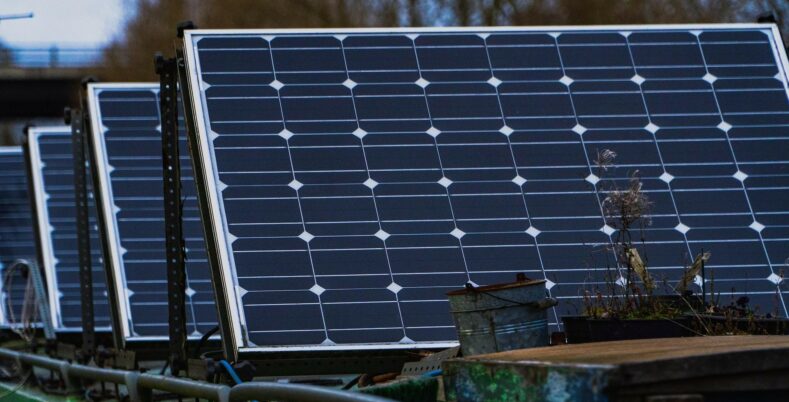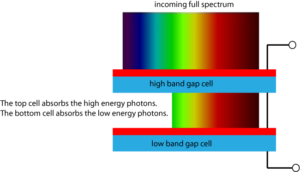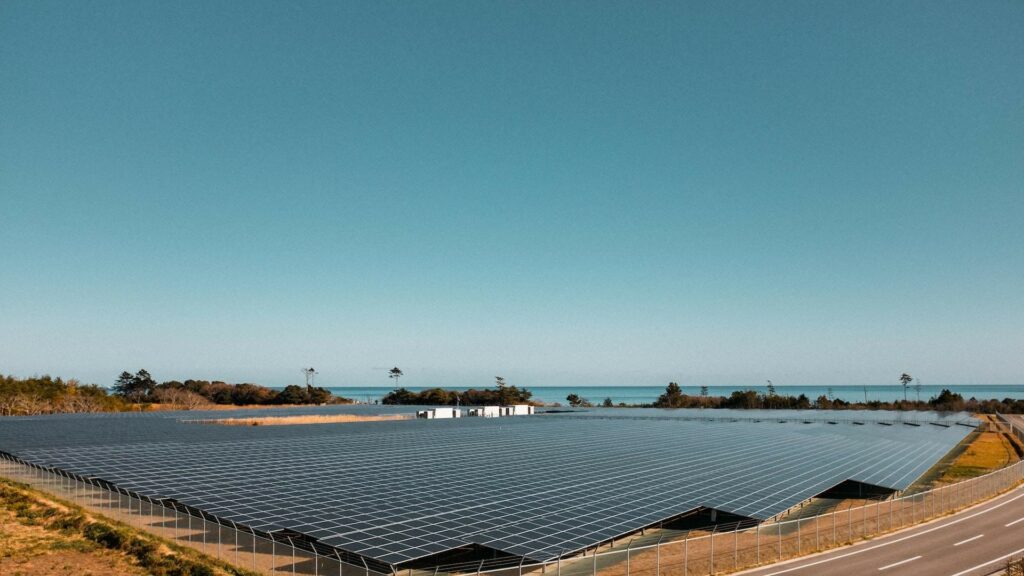The development of solar panels was one of the greatest achievements on the road to energy conservation. The transformation of solar panels, especially for home installations, has been a journey of science, engineering genius, and turning solar energy into electrical energy. Innovations over the years have not only increased efficiency but also made solar energy practical and affordable for installing solar panel for home around the world. Now, there is an increasing number of solar companies in Michigan and other states even with unpredictable weather.
PV technology was developed in the middle of the 20th century and it was at this time that solar panels were conceived. It was in 1954 when Bell Labs unveiled the first solar cell with an efficiency of only 6%. The first boards were expensive and less effective, presenting a hurdle to the popularization of their use.
In order to improve efficiency, it’s important to mention that advancements in materials science and production methods changed the game for solar panels. The use of new types of solar cells including the monocrystalline and polycrystalline silicon cells boosted the overall efficiency rates. By the 1980s, efficiencies exceeded 20%, which became a critical point for the commercial applicability of solar power.
This was further improved as thin-film solar technology using materials such as cadmium telluride (CdTe) and copper indium gallium selenide (CIGS) emerged. The thin-film panels were flexible in design and cheaper to manufacture though they had slightly lower efficiencies compared to crystalline silicon.
Therefore, solar energy has been recognized for decades as a way of using the sun’s power, but conventional solar panels have been an obstacle. Traditional crystalline solar cells of silicon type usually get converted to electricity from solar radiation of 15 – 20%. Nonetheless, developments in materials engineering, construction techniques, and manufacturing technologies have led to the development of new-generation solar PV techniques that could bypass such limits.
In the 21st century, there was a continuous effort to achieve high solar panel efficiency over time. Engineers and researchers from solarsystems.reviews explored various avenues, including:
- Multi-Junction Solar Panels: Terrestrial use of multi-junction solar cells focused on their primary application in space. Therefore, by using a layered arrangement of responsive materials to different wavelengths of light, these cells surpassed 40%. Despite being costly, the production cost is being reduced with time so as to make it affordable.
- Perovskite Solar Cells: Perovskite solar cells lead in this solar revolution. Such upgraded photovoltaic cells are creating attention among the public due to greater conversion efficiency and possibilities of cheaper production. The energy conversion efficiency of perovskite-based photovoltaic cells matches up or exceeds that of traditional silicon-type counterparts.
In this respect, they are cheap and easier to manufacture compared to silicon which possesses a complex perovskite crystal structure. Also, they are portable, weigh little, and can be deployed over wide areas thus making them suitable for broad uptake of solar. - Tandem Solar Panels: Solar cells based on tandems are another novel technology that has gained its foothold in the realm of solar energy. The cells are composed of different types of substances that are specifically designed to capture various sunray wavelengths. This type is known as the tandem cell which stacks multiple layers of materials having complementary absorption spectra and gives far better efficiency than the single junction cell.
An important combination approach involves coupling silicon with perovskite or other rising materials such as organic polymers and quantum dots. This combination enables a wider absorption range whereby it captures a wider spectrum of sunlight and converts it into electricity effectively.
Progress in Solar Cell Technology
- Bifacial Panels: The addition of a back layer has increased solar panel efficiency considerably using what is called PERC (Passivated Emitter Rear Cell) technology and has resulted in a higher output of energy. Bifacial panels use sunlight from both sides capturing even reflected light to produce more power in areas where snow or highly reflecting services are prevalent.
- Thin-Film Solar Panels: Another breakthrough is thin-film solar panels, which are lighter and more flexible as compared with heavy crystalline silicon panels. Although they are slightly less efficient, they have an edge when it comes to light conditions that are less bright or overcast conditions.
- Solar Tracking Systems: Solar tracking systems dynamically track panels along the sun’s path during the daytime enhancing the exposure of the panels. These systems optimize solar energy output by positioning the panels at their peak angle relative to the sun, which is ideal for regions with less consistent weather, such as Michigan.
Choosing the Right Solar Panels
Selecting the right solar panels is one of the most significant decisions before establishing a solar energy system. In this case, this link can be really helpful here. Selecting the most suitable solar panels involves considering various factors:
- Efficiency: Solar panel efficiency is a measure of how efficiently solar panels convert sunshine into electricity. Most of them tend to be high-efficiency which normally means increased production capacity at the cost of lower efficiency per unit area. Calculating solar panel wattage is a very significant factor here. Higher wattage indicates higher solar panel maximum efficiency.
- Warranty issue: Check the panel’s strength as well as the manufacturer's guarantee. Such warranties on quality panels reflect the manufacturer’s confidence that his or her panel will work well and last a long time.
- Solar Panel Cost: Efficiency has to be balanced with the cost. Though one type of panel is more affordable at the start point, it has the potential to give more benefits over time because of additional power production. Ensure you factor in the total cost per watt and expected shelf life when assessing their cost-efficiency.
- Installation process: Ensure that the cells meet the solar panel installation process and compatibility standards for your location and mounting options. A reliable source for information about solar panel installation can help you find reputable solar energy organizations, or certified professionals in the renewable energy field. The type of panels to use should be dependent on factors like available space, orientation, and local weather conditions within the setup.
- Environmental Impact: Assess the environmental impact of the panels along their life cycle, from the manufacturing stage to the disposal stage. Ensure your panels were made using sustainable processes and from sustainable raw materials, preferably with a smaller carbon footprint.
It is important to carry out in-depth research on the best solar company depending on the area’s climate and rules and regulations. For example, assess the reputation and reliability of all solar companies in Kentucky, if you live in this region. Look for warranties and after-sales services that align with the expected lifespan of the panels.
To Sum Up, with progress in these groundbreaking innovations, there is no brighter prospect than what lies ahead with regard to solar energy. Solar power is taking over the world due to higher performance, lower manufacturing costs, and increased efficiency. Governments initiate change in green solar technologies through their efforts such as research support or scholar-industry-government interaction. Additional developments in this sector will see concerted attempts at ensuring that solar energy keeps up with traditional fossil fuels.
Stay abreast of current solar technology to help you start searching for the cleanest and the most renewable solar energy in a shining green future. The adoption of solar energy promotes sustainability as well as reduces electricity prices and minimizes negative environmental effects. Nevertheless such information on renewable energy must come from reliable solar panel companies, or else, it will mean such a shift into renewable energy sources will be an expensive investment that will save the environment but the economic situation of people and hence create another bleak and miserable picture for the future.
Read More:







